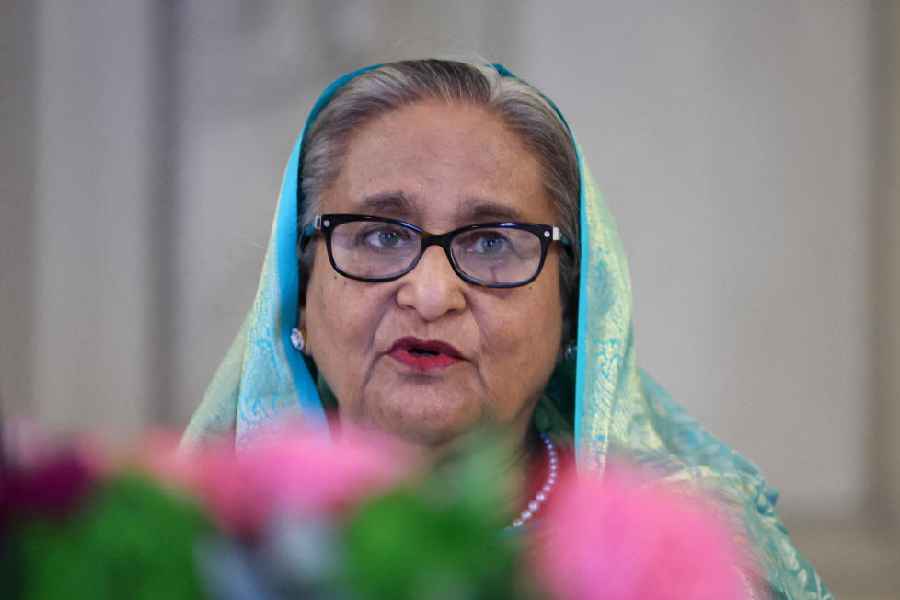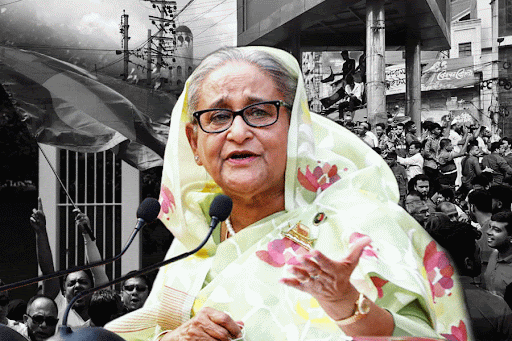Reiterating the supremacy of Parliament in the constitutional schema, the vice-president of India, Jagdeep Dhankhar, has made an interesting argument. He said, “Parliament alone is [the] architect of the Constitution to the exclusion of another agency... executive or judiciary.” He further argued that “Parliament can’t script a judgment of the Supreme Court and similarly, Supreme Court can’t script law for us… People who sit in Parliament are there because through a legitimise[d] mechanism on a proper platform the people have expressed their mandate… sovereignty of Parliament is synonymous with sovereignty of the nation.”
This line of reasoning is very significant. It underlines the idea of people’s sovereignty, a political principle explicitly cherished in the Preamble of the Constitution. Parliament is an institutional site where ‘people’s will’ ought to be translated into laws, policies, programmes, and rules through serious deliberations. Dhankhar’s argument, in this sense, captures the established premise that the centrality of Parliament is one of the distinctive features of our constitutional democracy.
But the centrality of Parliament thesis can also be read rather differently. Parliament draws its legitimacy from the people in two ways. First, the people as voters elect their representatives to constitute Parliament (at least the Lok Sabha). The election turns out to be the most sanctified mechanism to make Parliament a truly representative body. Second, elected members of Parliament are supposed to represent the views, opinions, expectations and the anxieties of the people — they are their immediate electoral constituency. The people, in this latter sense, become an abstract entity, an idea which is open to multiple, even contradictory, interpretations. The political class uses this open-ended meaning of the people to justify its constitutional status.
This distinction between people as voters and people as an abstract entity is relevant to revisit the centrality of Parliament thesis. More specifically, one needs to look at the different political moments in the history of postcolonial India to understand how the centrality of Parliament thesis has been politically interpreted and employed.
Let us begin with the constitutional schema and the placing of Parliament in it. The Indian Constitution, we must remember, is an outcome of a political movement — the multifaceted freedom struggle that not merely demanded self-rule for the country but also envisaged a more profound idea of social transformation. The Constituent Assembly debates reveal that the framers of the Indian Constitution were deeply invested in these two interlinked objectives. The idea of the people was central to them to define self-rule in an overtly democratic manner. At the same time, this future republican State had to play a major role in achieving social justice and economic equality. Universal adult franchise for free and fair election ensured that the institution of Parliament would always be governed directly by the people. On the other hand, the Directive Principles of State Policy gave a mandate to future governments to act as political guardians. The framers of the Constitution, however, were also committed to creating a balance of power. For this reason, an independent judiciary was set up to ensure that Parliament does not deviate from the values, principles and ideals of the Constitution.
Competitive electoral politics gave a new set of meanings to the centrality of Parliament thesis. First, electoral majority in the Lok Sabha eventually became the point of reference for the actual functioning of Parliament. The party with the required number of MPs in the Lok Sabha not merely forms the government but also determines the terms of legislative business. In a way, the political discourse inside Parliament is always governed by this majoritarian impulse.
Second, electoral politics also empowered the party with a majority to redefine State intervention in the name of the people. The Directive Principles of State Policy have always been a political resource in this regard. The Nehruvian State employed the Directive Principles of State Policy for its ambitious, planning-centric developmentalism. The Indira Gandhi regime used them to justify its populist schemes such as poverty alleviation. The post-liberalisation State is no exception. The recent debate on the Uniform Civil Code is a good example of this trajectory. Parliament thus emerges as a site where State intervention finds its political meanings in actual terms.
The debate on the basic structure of the Constitution is very relevant to this discussion. There are two facets of this debate: the technicalities, which revolve around the amending powers of Parliament under Article 368, and the politics of democratic rights that underlines the egalitarian values of the Indian Constitution.
The legal debate began immediately after Independence. The judiciary questioned the limits of parliamentary intervention, especially the powers to amend the Constitution. The tussle between judiciary and Parliament continued for more than two decades when the Supreme Court introduced the doctrine of the basic structure in the famous Kesavananda Bharati judgment (1973). The basic structure doctrine strongly asserts that there are certain aspects of the Constitution which cannot be amended by Parliament. Hence, the centrality of Parliament is not entirely absolute.
The debate on the basic structure of the Indian Constitution has found a new political life in recent years. On the one hand, there is the official view that the Constitution must be treated as a ‘sacred book’. This official view is based on an assumption that the principles as well as the rules given in the Constitution are fixed and settled. For this reason, there is no need to have any discussion on them; rather, the focus should always be on the implementation of these rules. This official interpretation, it seems, strategically avoids any discussion on the basic structure. It focuses entirely on the legal technicalities, such as the centrality of Parliament over the judiciary, the fundamental duties of citizens and so on.
Opposition groups also recognise the basic structure doctrine as an important resource. They stress on the political and the moral principles that are enlisted in the Preamble. It is argued that the protection to the principles of the Constitution needs to be given priority to secure the fundamentals of India’s democratic credentials from any kind of majoritarianism. This political position does not reflect on the centrality of Parliament thesis directly. However, there is a strong assertion that Parliament and, for that matter, any organ of the State must adhere to the egalitarian spirit of the Constitution.
The claim that Parliament is supreme, no doubt, is valid. However, this claim would become meaningful only if Parliament (and parliamentarians) follows what B.R. Ambedkar calls constitutional morality.
Hilal Ahmed is Associate Professor, CSDC, New Delhi











